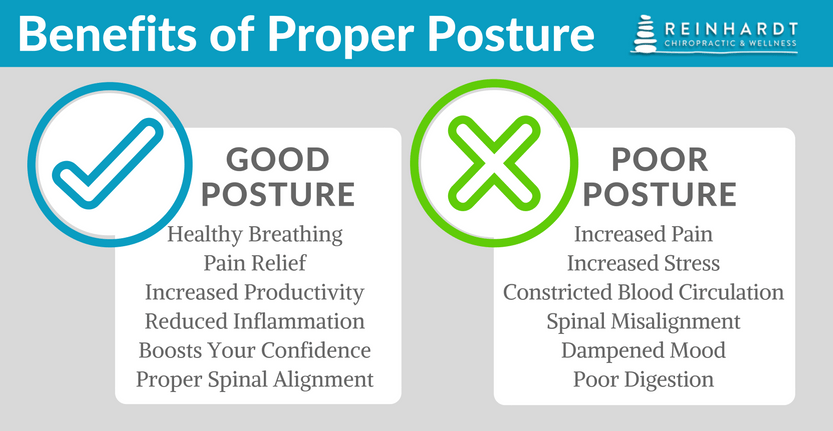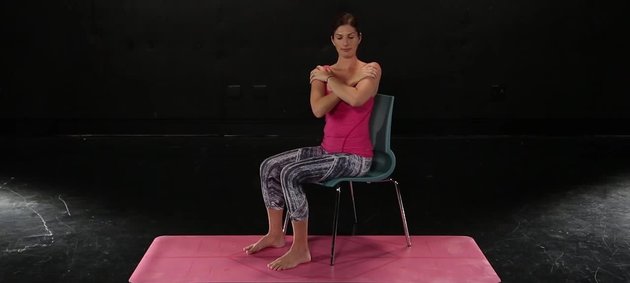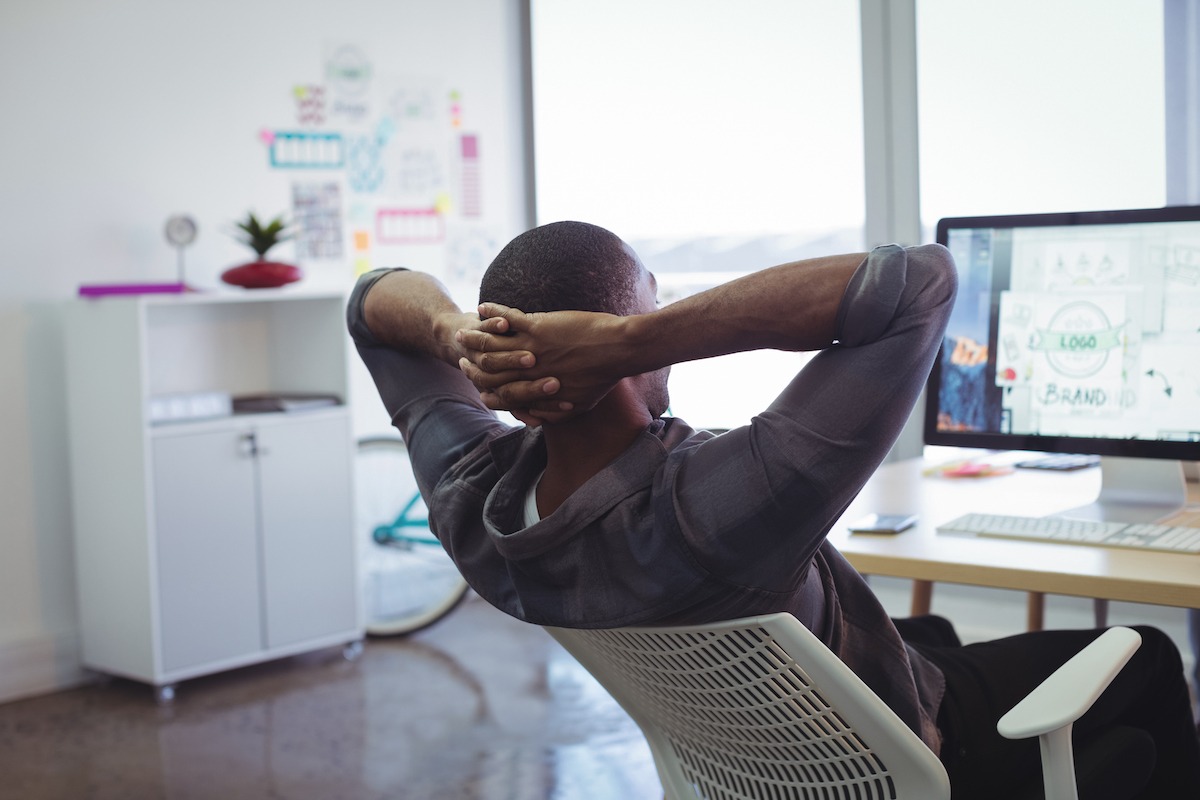Does your back ache after a long day at work? The back, hip, neck, and shoulders can experience some major strain after sitting in an unsupportive desk chair for a prolonged period. Studies suggest about 80% of American jobs are sedentary or require very light activity. These desk jobs are decreasing the overall amount of daily physical activity, and this is a problem for you and your body.
Solutions to the Desk Jobs
Desk jobs aren’t only making you less active throughout the day, but also increases the likelihood of back problems. Sitting in a slouched, poor-postured manner for 8 hours a day is crushing the spine’s limited load.

Your body is going to continue to suffer unless you change up your current work experience. Frequently taking walks around the workplace, stretching at your desk and exercising after work are great ways to reduce your risk for pain.
The cold and snowy months are approaching which make getting out there to exercise an even harder task. This makes staying active while on the job even more crucial. The stretches below can help keep your body in motion as well as reduce the pain desk jobs bring.
Stretches at the Desk
Ensure your spine’s alignment by completing one of these simple stretches each hour of the day. These exercises only require a 3-5 minute break, and they can be done right at the desk.
Stretch 1 – Office Chair Hip Stretch
This stretch will reduce lower back and sciatic pain. It will also increase the flexibility of your legs and hips in the process.
- Sit at your desk chair with your feet flat on the ground. Remember to sit up straight.
- Take your right foot and rest it on your left knee.
- Lift the upper body and sit up as tall as possible. Lightly hinge your hips forward.
- Hold for several breaths, switch sides and repeat up to 5 times.
Stretch 2 – Lower Spinal Stretch
This stretch will affect the long spinal muscles due to the sideways movement. You’ll feel a soothing release in your lower back.
- While sitting in your desk chair, place your feet flat on the ground, and rest your sitting muscles evenly on your chair.
- Rest your right arm on the arm of your chair while lifting your left straight up into the air.
- Gently lean your left arm to the right to create a light curve with your body.
- Hold for 30 seconds. Switch arm positions, and repeat three times on each side.
Stretch 3 – Thoracic Rotation Stretch
This may sound a bit advanced, but it is actually one of the easiest stretches to do. When you sit with poor posture for long periods, your upper back becomes tight and stiff. This places more pressure on your lower back, but this stretch will alleviate the pain.
- Sit in your desk chair with your feet flat on the ground.
- Find a neutral position for your pelvis by placing your hands on your hips and rocking forward and backward until your sitting muscles are again even on your chair.
- Cross your arms across your chest with your hands near your shoulders.
- Slowly twist to your right. Hold for a few breaths. Switch to your left side and repeat. Repeat both sides 3 to 4 times.

More Back-Saving Tips
If you have an achy back, you’re not alone. The American Chiropractic Association states that about 31 million Americans experience low-back pain at any given time. Stretches webbed through the 9-5 job aren’t the only solutions to this painful problem. Here are some additional steps you can take to ensure you and your back stay healthy:
- Sit up tall in your office chair. Make sure your hips are as far back as possible.
- Adjust the chair’s height to allow your feet to sit flat on the floor. You want to be sure your thighs are parallel to the floor.
- Sit close to your keyboard. Also, adjust the height of the keyboard to ensure your shoulders are relaxed as you type.
- Keep often-used items, like your smartphone, close. Always stand up to reach for an object that is too far to reach while sitting.
Sitting at a desk all day is sometimes inevitable, and the constant computer work and conference calls seem to glue us to our office chairs. Back, hip, neck and shoulder pain from these desk jobs are preventable if the correct measures are taken. If you are having trouble resolving the pain you experience from your desk job, it may be time to go to a professional.
The experts at Reinhardt Chiropractic and Wellness practice numerous techniques that can save you from any pain you may experience. If the stretches and active lifestyle are still not supplementing a pain-free life, a chiropractic appointment may be the next step. Call Reinhardt Chiropractic today!
Photo Sources: Huffington Post and Pain Focus |
Recent Post
Managing Stress and Tension: How Chiropractic Care Can Help
July 1, 2024
In our fast-paced world, stress and tension have become ever-present. Whether it’s the demands of work, family responsibilities, or the challenges of everyday life, many of us are constantly battling stress. At Reinhardt Chiropractic, we believe in a holistic approach to health that addresses not only physical pain but also the underlying stress that can
Read More…
Understanding the Benefits of Chiropractic Care for Athletes: Enhancing Performance and Preventing Injuries
June 1, 2024
In the world of sports, athletes are always seeking ways to improve their performance and prevent injuries. One often overlooked yet highly effective method is chiropractic care. At Reinhardt Chiropractic, we understand the unique demands placed on athletes and how chiropractic care can be a game-changer in their training and recovery regimes. Enhancing Performance Improved
Read More…

